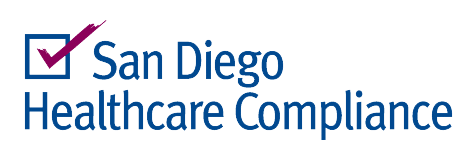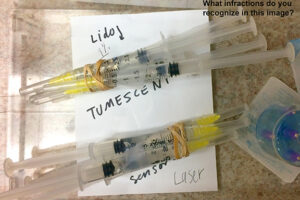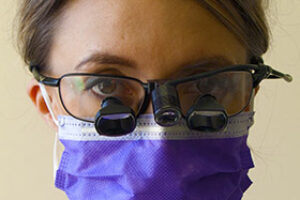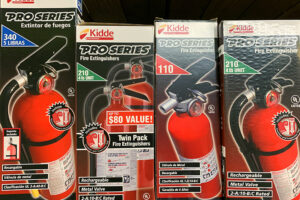Complying with OSHA’s Bloodborne Pathogens Standard can help minimize violations. The staff can be protected from bloodborne pathogens by implementing an Exposure Control Plan. This plan includes: conducting your annual sharps safety evaluation, offering hepatitis B vaccinations, and providing Personal Protective Equipment (PPE). Implementing this plan can help protect employers from OSHA fines and other sanctions.
Analyze Your Work Processes
Dental practitioners: When performing a procedure as seemingly innocuous as an examination, are you creating biohazardous droplets whenever you rinse and dry teeth off?
The answer is YES!
Medical practitioners, could you be at risk for exposure incidents when doing such routine procedures as ear lavage, abscess drainage, or synovial fluid aspiration?
The answer is YES!
Create a PPE Chart
As part of your office’s written Exposure Control Plan, create a spreadsheet-like chart. List your office procedures by row. List available PPE items by column. For each procedure, place a checkmark in the cell corresponding to each appropriate PPE item.
For example, a procedure such as a dental exam might have checkmarks in three columns: gloves, masks, and eyewear. An abscess drainage procedure might have checkmarks in five columns: gloves, masks, eyewear, face shield, and gown.
Have all employees sign and date this document indicating their understanding and acceptance of your office’s PPE policy. Place a copy in your office’s OSHA manual AND post a copy in your staff room. The latter will help keep your staff continually exposed to this vital information.
What Sequence to Don and Doff PPE?
Before a procedure, don (put on) PPE from the bottom up.
-
Gown
-
Mask
-
Goggles
-
Gloves (when hands raised above head)
After a procedure, doff (take off) PPE in alphabetical order.
-
Gloves
-
Goggles
-
Gown
-
Mask





